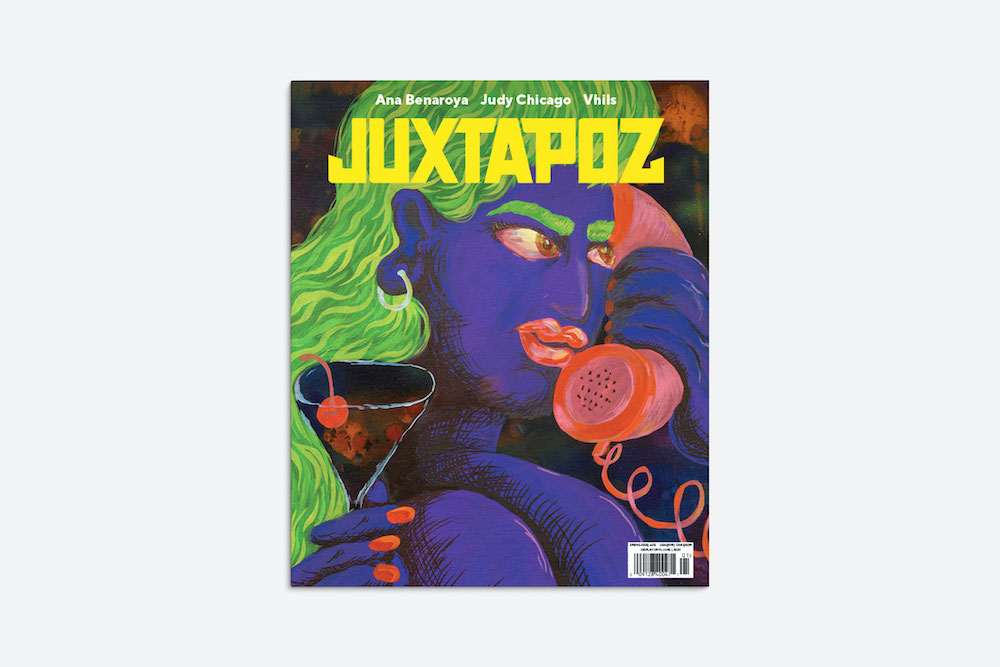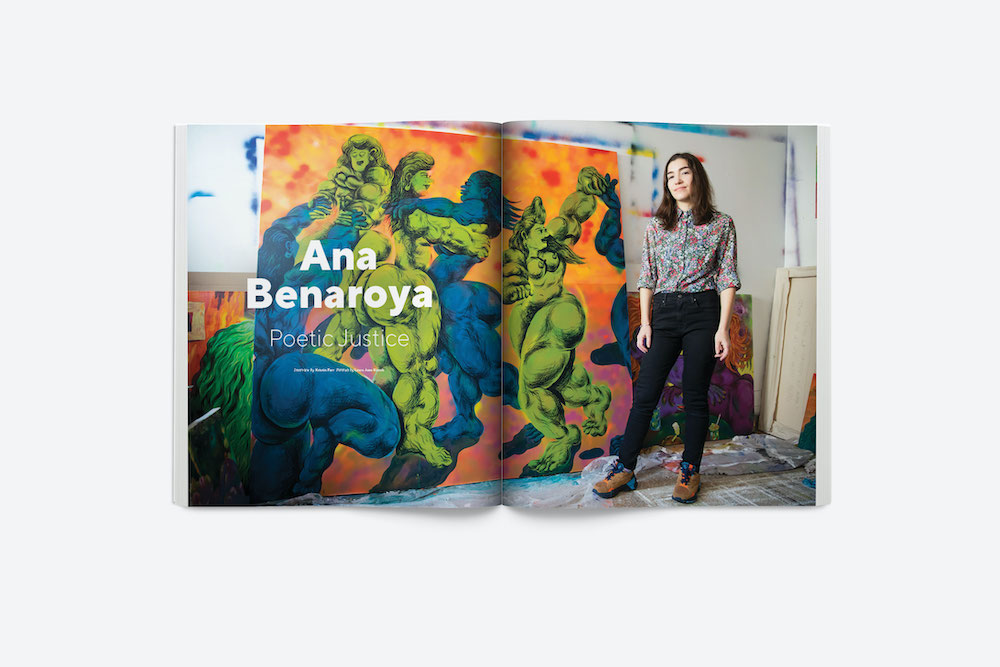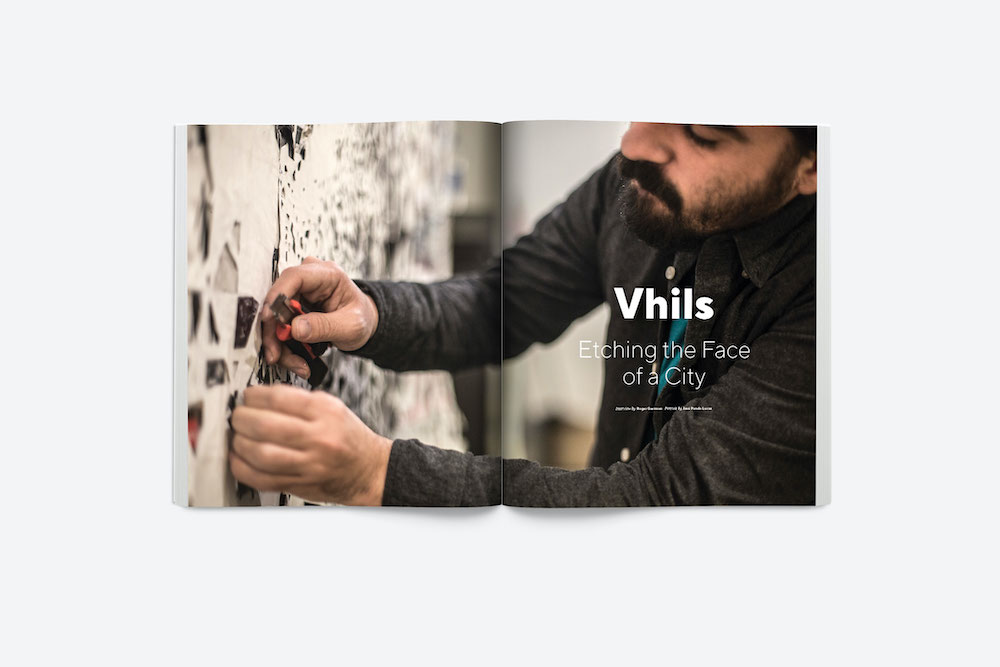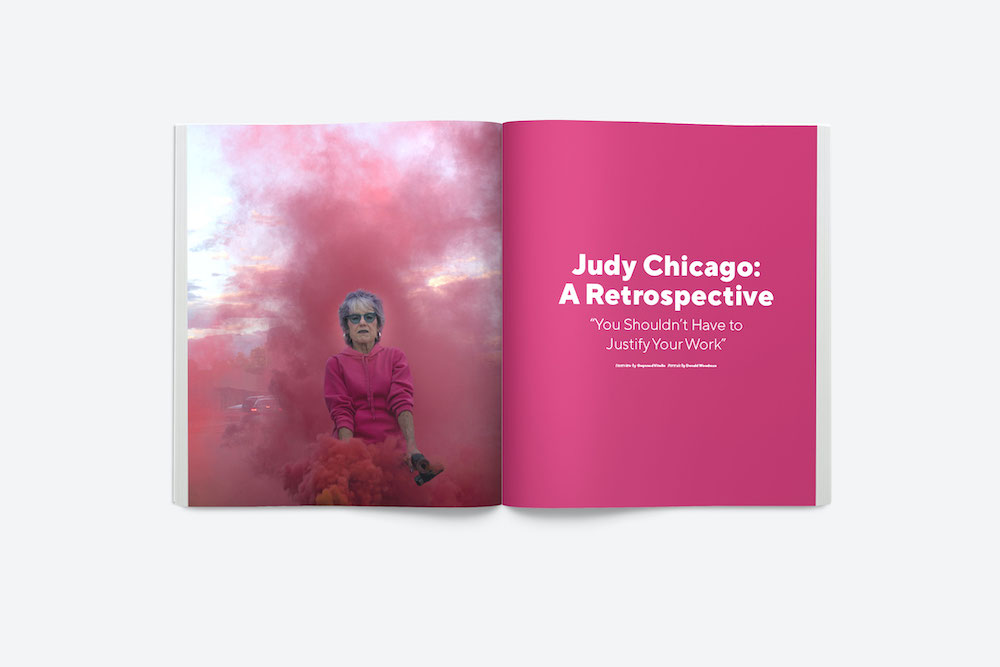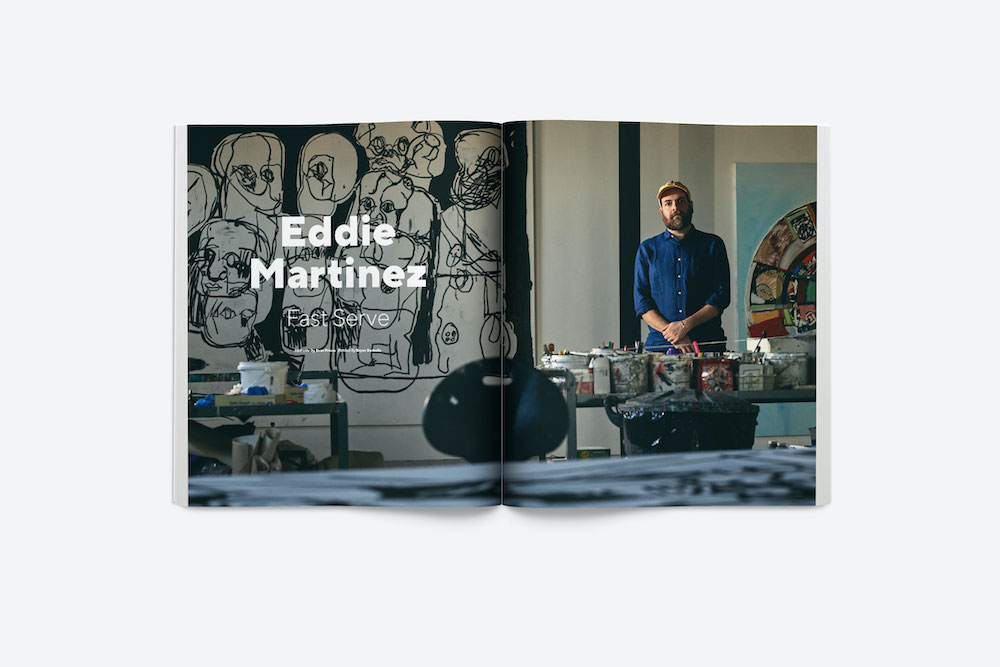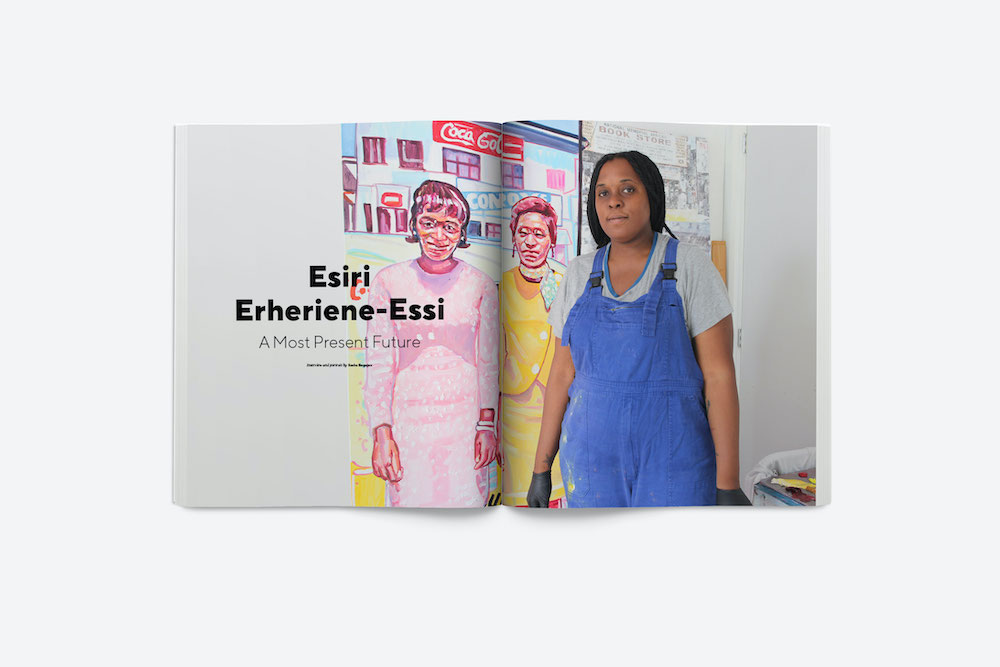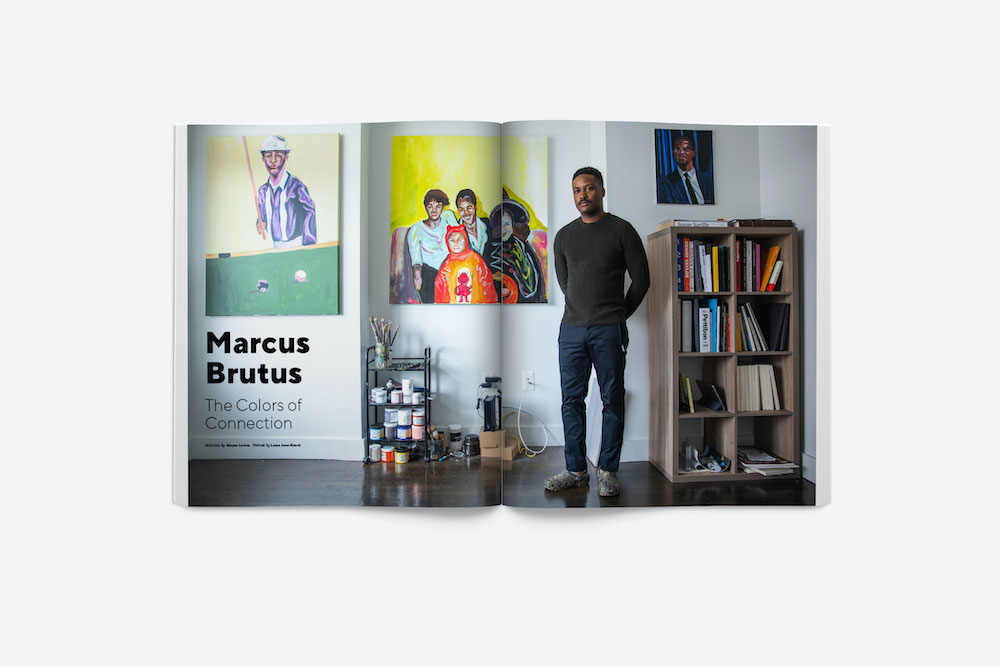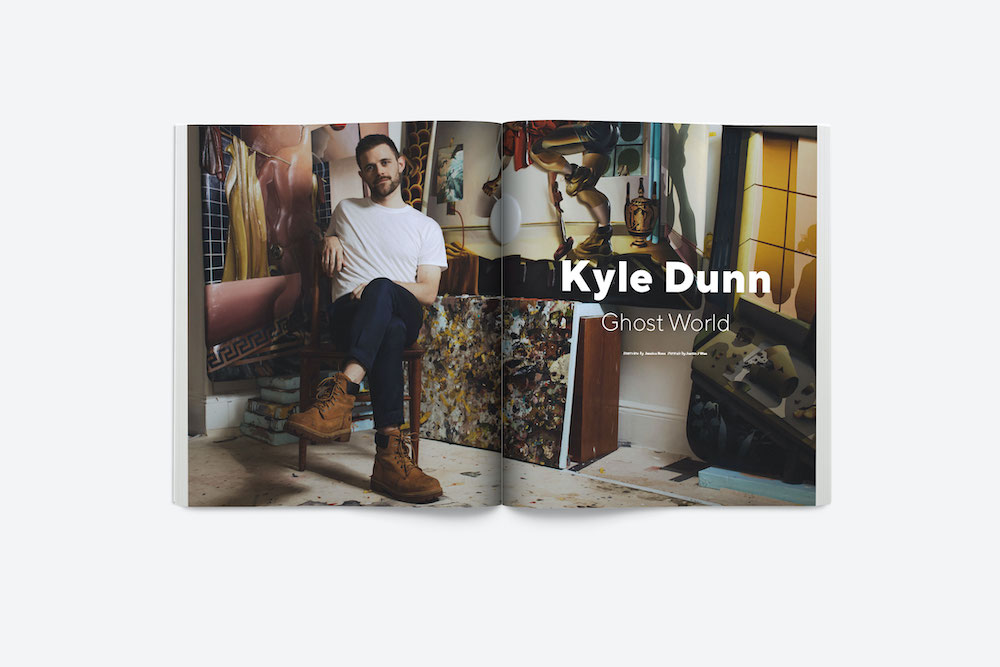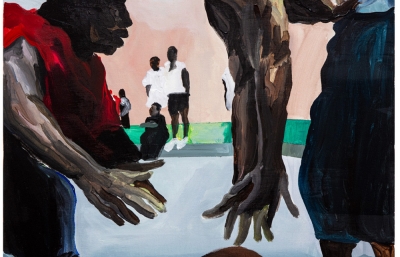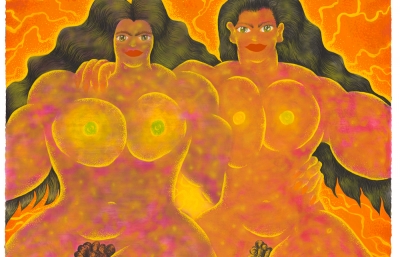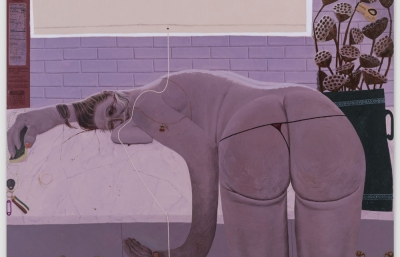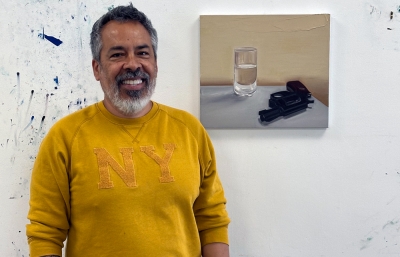Towards the beginning of a recent Radio Juxtapoz episode with famed art provocateur, Ron English, I off-handedly remarked about not seeing enough substantial protest art these days. Our podcast featured an extensive look into protest art in Lebanon, and I’ve seen some beautiful climate change activism works from the likes of Escif, Ernest Zacharevic and FAITH XLVII, to name a few. It felt like America was struggling to find its footing. English, ever so politely and perhaps because we have spoken at length about politics and art for years, reminded me that he had made an album of protest music that year, and that there is much political and protest art at the moment if I really focused on finding it.
In past issues, we have talked about the political art of the past and looked at American art spotlighting Civil Rights and the Vietnam War, movements that possess their own signature protest art aesthetics. I admittedly get stuck on this, wondering what the next punk rock, Situationist, or Black Arts Movement will be. But it is our interview this issue with Brooklyn-based Jenny Morgan that really captures the essence of what this issue is all about: “Right now we're talking about identity politics. In recent history, the figure was not supported, and if you came into art school wanting to work with figuration, you were probably directed somewhere else. I felt that personally. And, I think, now, with identity politics, the figure is hyper-important because it's our bodies. That's where we want to talk through everything. So I understand that the art world's really looking at figuration and dissecting it.” Morgan’s insightful conversation about her own identity and practice within contemporary art was a reminder of why we do this, and why we focus so much on portraits in our magazine, a dedication to the body in all its forms, in dialogue with artists from Amsterdam, to artists throwing underground shows in basements in Brooklyn. We may not bludgeon you with the most overtly political protest art, but we’re in constant surveillance for the most groundbreaking and revolutionary acts in art. We talk about what it means to paint a body, what it means to function in a world where these discussions are increasingly at risk.
So we document Jenny Morgan’s emergence after three years away from exhibiting as she rethinks what it means to paint, not only her own self-portraits but the likenesses of her friends.
Esiri Erheriene-Essi discusses the process of taking found photography of people of color from around the world and painting them to document a past much truer in representation than what is covered in past or current curriculum. We celebrate the career of an influential and landmark feminist artist like Judy Chicago, and the emerging generation of figurative painters such as Ana Benaroya, Kyle Dunn, and Marcus Brutus. Join this vital conversation taking place at the precipice of a new decade. The dialogue and demonstrations are happening here and now.
Enjoy Spring 2020.

